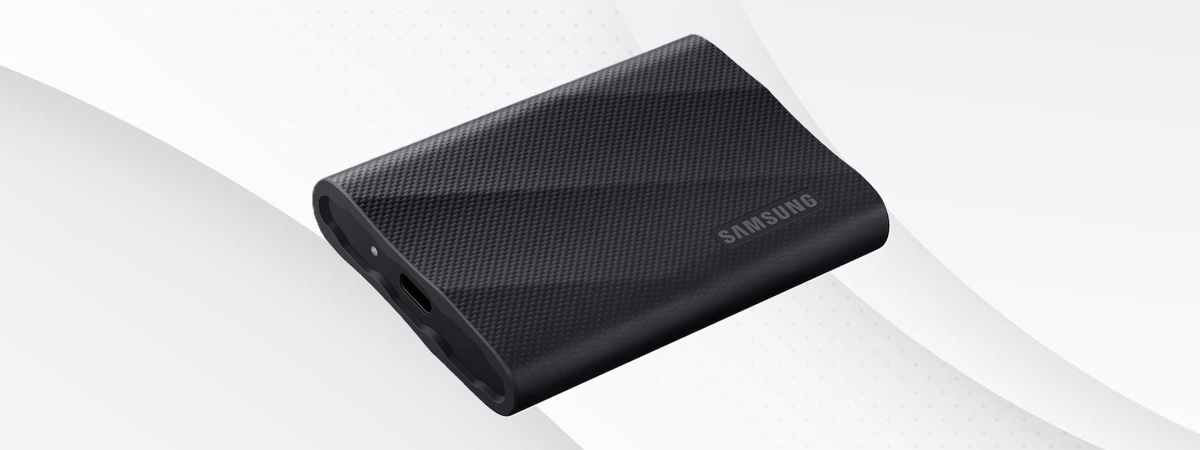
Performance in benchmarks
After detailing my subjective experience with the ASUS Vivobook S 15 (S5507), I decided to run some benchmarks and compare it with the ASUS NUC 14 PRO+, a mini PC that has mobile hardware, like the one found in laptops, and features the latest Intel Core Ultra 9 185H processor with an Intel AI Boost neural processor.
First, I measured how fast each device boots with BootRacer and found the ASUS Vivobook S 15 loading Windows 11 in just 16 seconds, an excellent time and much faster than many Android smartphones boot nowadays.

How fast ASUS Vivobook S 15 loads Windows 11
Then, I ran CPU-Z and in the Single Thread test, the Snapdragon X Elite X1E78100 processor found on the ASUS Vivobook S 15 got destroyed by the Intel Core Ultra 9 185H, which offered twice the performance.

CPU-Z Single Thread performance
In the Multi Thread test, the difference was 64% in Intel’s favor. However, we should keep in mind that the Snapdragon X Elite X1E78100 is not the fastest processor for Windows 11 but one of the slowest in Qualcomm’s portfolio.
Future laptops with more powerful Qualcomm processors will probably deliver better performance in similar benchmarks.

CPU-Z Multi Thread performance
I then used Cinebench 2024 to measure rendering speed. In this test, the performance difference was a lot lower, with ASUS Vivobook S 15 reaching a score of 885 points.

The score of the ASUS Vivobook S 15 in Cinebench 2024
For the next test, I used Geekbench ML, a cross-platform benchmark that evaluates AI workload performance using real-world machine learning tasks. The ASUS Vivobook S 15 scored 2285 points, 32% less than the ASUS NUC 14 PRO+ mini PC.

The score in Geekbench ML
For the internet browsing performance, I used the JetStream 2 benchmark in Google Chrome. As you can see, the ASUS Vivobook S 15 performed very well. However, this score doesn’t showcase how snappy the web browser feels on this laptop, even though rendering web pages might indeed be slightly slower than on the mini PC I’ve compared it to.

Evaluating web browsing performance with JetStream 2
Although the ASUS Vivobook S 15 is not built for gaming, I tested its Qualcomm Adreno graphics chip with 3DMark’s Time Spy benchmark. It scored just 1825.5 points, which is much lower than what Intel Arc Graphics can deliver.
I also ran Cyberpunk 2077 on the Vivobook S 15, and it reached an average of 23.5 frames per second when running the game in Full HD with the high graphics quality preset. These results confirm that the ASUS Vivobook S 15 is not a good choice for gamers.

ASUS Vivobook S 15 had a modest score in 3DMark Time Spy
I also measured how much the processor heats when stressed under full load for a couple of minutes. The Snapdragon X Elite X1E78100 reached 97 degrees Celsius or 206.6 Fahrenheit.

The maximum temperature reached by the processor
The maximum power draw I measured while running a gaming benchmark on the ASUS Vivobook S 15 (S5507) was 60 Watts, which is significantly lower than the ASUS NUC 14 PRO+.

The power draw under heavy load
The benchmarks I’ve run confirm that the Snapdragon X Elite X1E78100 platform powering the ASUS Vivobook S 15 (S5507) is not as great as Intel in terms of raw power and performance, but it helps Windows 11 boot faster and delivers a well-rounded performance using significantly less power and generating less heat than competing Intel mobile processors. This is a great start, which proves that there is a lot of potential for Qualcomm processors to make a dent in the PC marketplace.
What’s your opinion about the ASUS Vivobook S 15 (S5507)?
Phew! We’re finally at the end of this review. This was my first time testing an ARM-based laptop with Windows 11, and it was a difficult task, which took a lot longer than testing an Intel or AMD-based laptop. I hope you like the end result and that you now have a good understanding of the ASUS Vivobook S 15 Copilot+ PC (2024), its quirks, strengths, and weaknesses. Before you close this browser tab, let me know what you think: Do you like this laptop? What about other ARM-based laptops with Windows 11? Do you think there’s a future for them in the Windows ecosystem? Comment below and tell me your thoughts.


 10.07.2024
10.07.2024 


